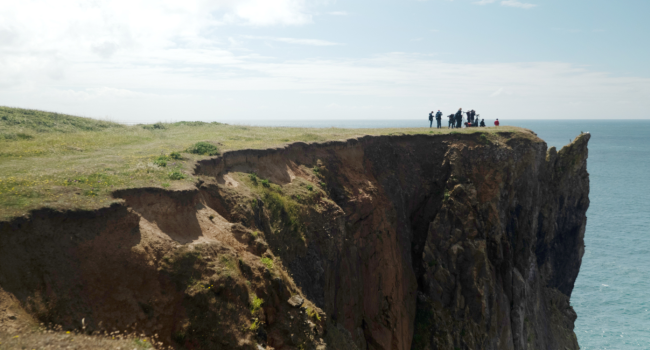Optimising nature conservation outcomes for a given region‐wide level of food production
Author(s): Finch, T., Green, R.E., Massimino, D., Peach, W.J. & Balmford, A.
Published: February 2020
Journal: Journal of Applied Ecology
Digital Identifier No. (DOI): 10.1111/1365-2664.13594
Abstract
2. Here, we develop the framework to evaluate a much larger suite of land‐use strategies in which the areas and yields of three land‐use compartments, natural habitat, high‐yield farmland, and lower‐yield farmland, are varied simultaneously. For two regions of England, we use functions that relate the local population density of breeding bird species to farm yield to simulate species‐specific region‐wide population sizes under each strategy.
3. We find that geometric mean population size, averaged across all species, is maximised when farmland yields are higher than the current average yield, and when spared land combines both natural habitat and low‐yield farmland. This conclusion is relatively insensitive to the maximum yield considered feasible under extreme land sparing, and holds across a range of region‐wide food production targets.
4. To some extent, our conclusion depends on which species groups were included in the assessment. Considered alone, farmland birds preferred a strategy with little or no natural habitat. Nonetheless, the optimal strategy was broadly consistent across all widely‐recognised listings of species of conservation concern.
5. Synthesis and applications. Our study looks at landscapes with a long history of agricultural use, and which have little remaining natural habitat, such as those found in lowland England. In these landscapes, conservation outcomes are likely to be maximised by mixed strategies in which high‐yield production enables an increase in area of both natural habitat and low‐yield farmland elsewhere in the region.







Share this page